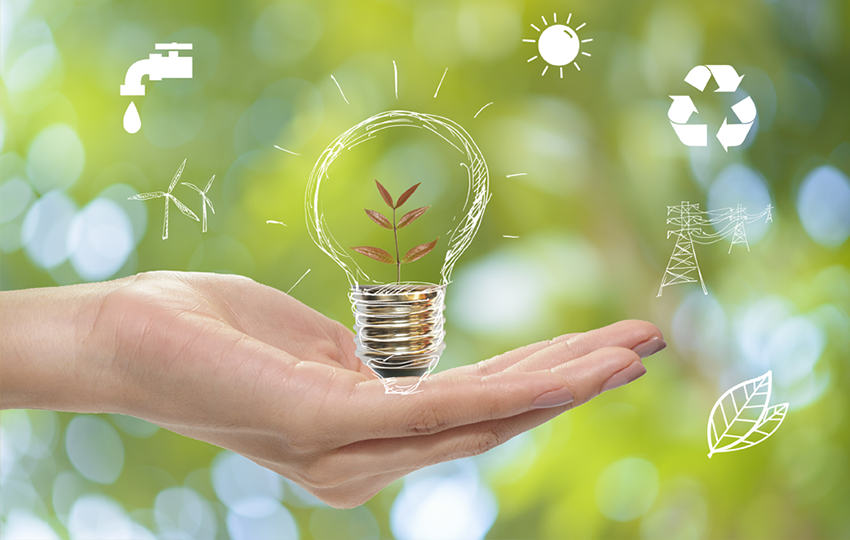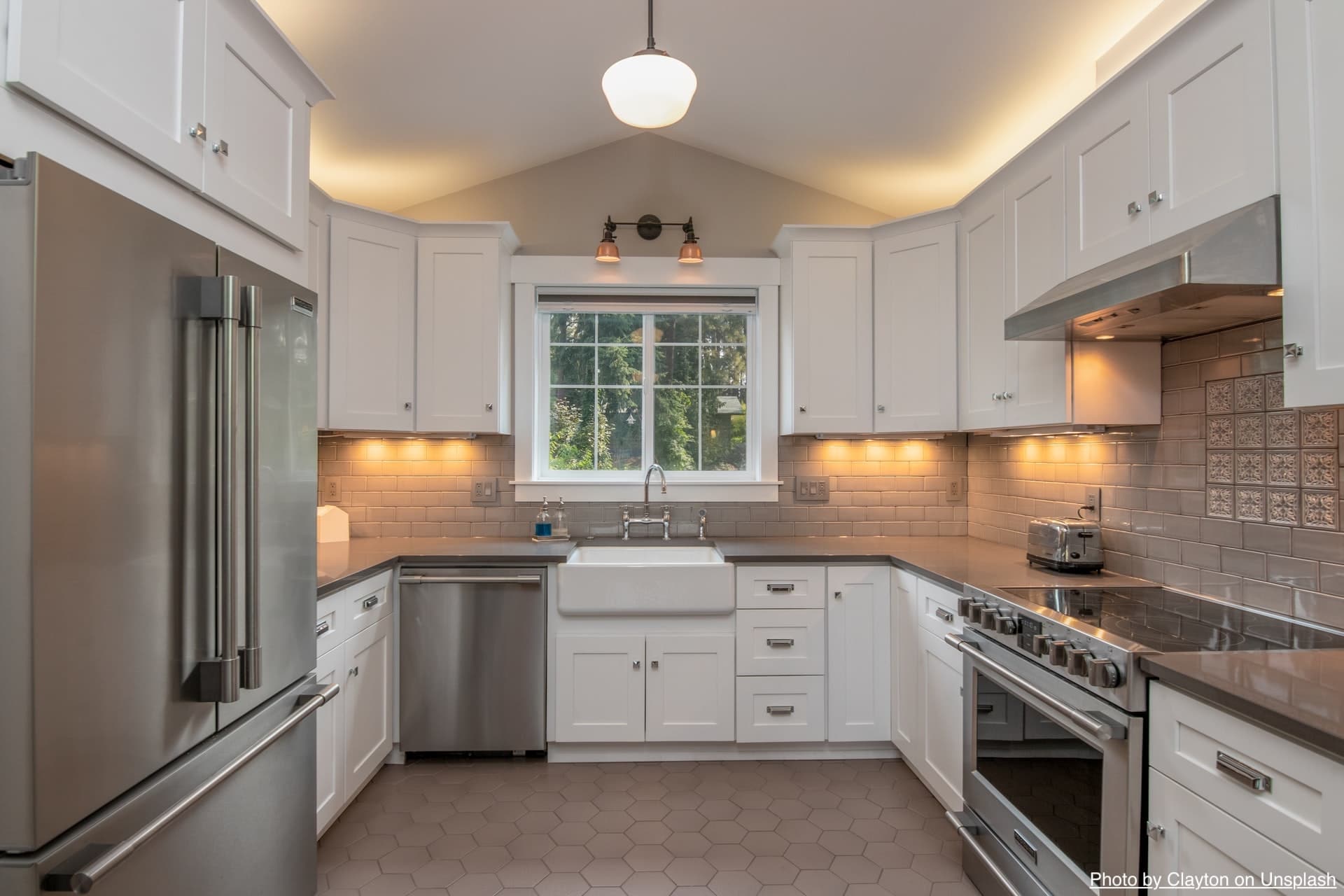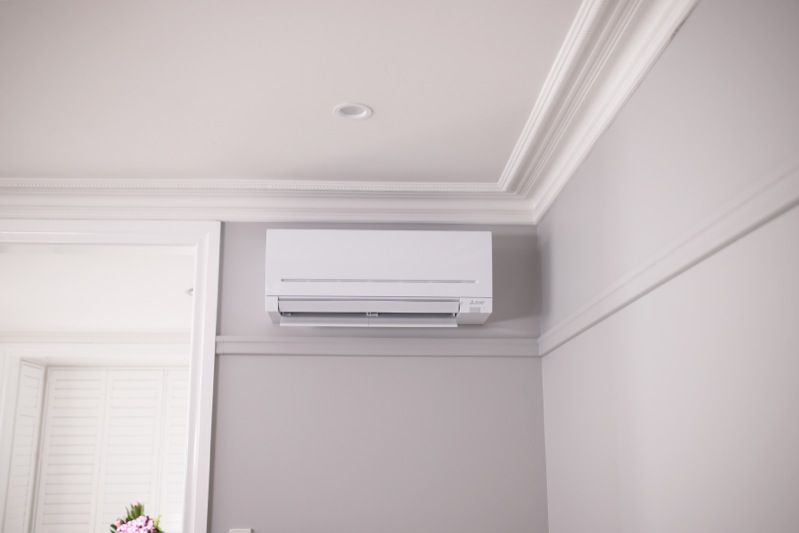Do You Save Energy by the Numbers or as a Matter of Habit?

Global climate change is a real threat to us all. Governments, environmental protection groups, and international think tanks are all working on solving this problem. But each individual can also do their part to help alleviate their impact on our planet.
Saving energy around the house is a simple way to lower your carbon footprint. By doing so, you reduce the demand on the local energy grid at any given time. Not only does this result in lower emissions from burning fossil fuels, in many areas, but it also allows renewable energy sources to effectively cover a greater percentage of demand.
Still, we must consume energy for reasonable comfort and leisure within our homes. What’s your approach to balancing these needs?
The Passive Approach
For many homeowners, the most sensible approach is to make energy savings built into their property as much as possible. You’ll want to maximize the effectiveness of these upgrades by working on those that have a significant impact.
Studies show that thermal regulation is by far the biggest use category. Installing new windows or improved insulation, for instance, can quickly address some areas where a lot of heat transfer happens in a house.
To this end, passive design can be employed in various ways depending on the circumstances. For hot climates, homes can be positioned in the shade of nearby structures. Or trees with dense foliage can be situated strategically to block a portion of the sun’s rays. This helps reduce the need for indoor cooling.
Cooler areas call for increased passive absorption of solar radiation instead. A southward building orientation maximizes the entry of sunlight throughout the day in northern regions. Position a solid thermal mass, like masonry, indoors where it can soak up the sun’s heat and diffuse it throughout the day, lowering heating costs.
Because of their durability, these features can be attractive investments. You pay upfront costs, especially in older homes that weren’t outfitted to green standards. But over the years, the energy savings add up to considerable ROI. And there’s an intangible ease-of-use factor in that you don’t have to make conscious decisions all the time on what you should be doing to save the environment.
Working on Personal Change
For many decades, calls for individual households to be more environmentally friendly have focused on specific actions we can take.
We’ve been asked to reduce, reuse, and recycle. We’re reminded to take showers, not baths, and repurpose the water if possible. The same goes for turning off the lights and thermostat when leaving a room or shutting down computers and unplugging appliances when not in use.
In terms of energy consumption, these use categories might not have the same impact as passive thermal regulation. But they can be much more critical than you realize.
When you take such actions regularly, they can become habits. At first, there will be resistance, but just like brushing your teeth or making breakfast in the morning, they become automatic. You no longer spend cognitive effort thinking about doing them; you do it.
In turn, this can lead to deep-lying changes in our behaviors and attitudes. Psychologists call this the principle of attitude consistency.
We infer our beliefs from our behaviors. Where there’s uncertainty, establishing a small habit can effectively declare your commitment to something far greater. In this case, observing daily consistency in your energy-saving habits at home can have a knock-on effect in other areas of your life.
Choosing an Appropriate Approach
So, which approach do you go with? There’s no objectively right answer, and they aren’t mutually exclusive. Ideally, in fact, all of us would adopt both approaches to the extent that’s possible.
But there will always be some for whom the set-and-forget nature of home upgrades holds greater appeal. Changing personal habits can be difficult. Sometimes, you want to come home to a perfectly controlled indoor environment. Smart home systems can do an increasingly good job of minimizing energy consumption while you’re away.
For others, passive home upgrades aren’t an option. The upfront cost can be a barrier to entry. Or you might be renting with a landlord who’s unwilling to foot the bill or won’t even permit modifications to be made. There’s also a virtuous appeal to making an effort required to improve your behavior and save the environment.
From the environmental perspective, however, results are all that matters. Whatever strategy you go with, it has to be the one that can be sustained in the long run. If it would cause too much lifestyle friction, or impose financial hardship, try the alternative approach.






